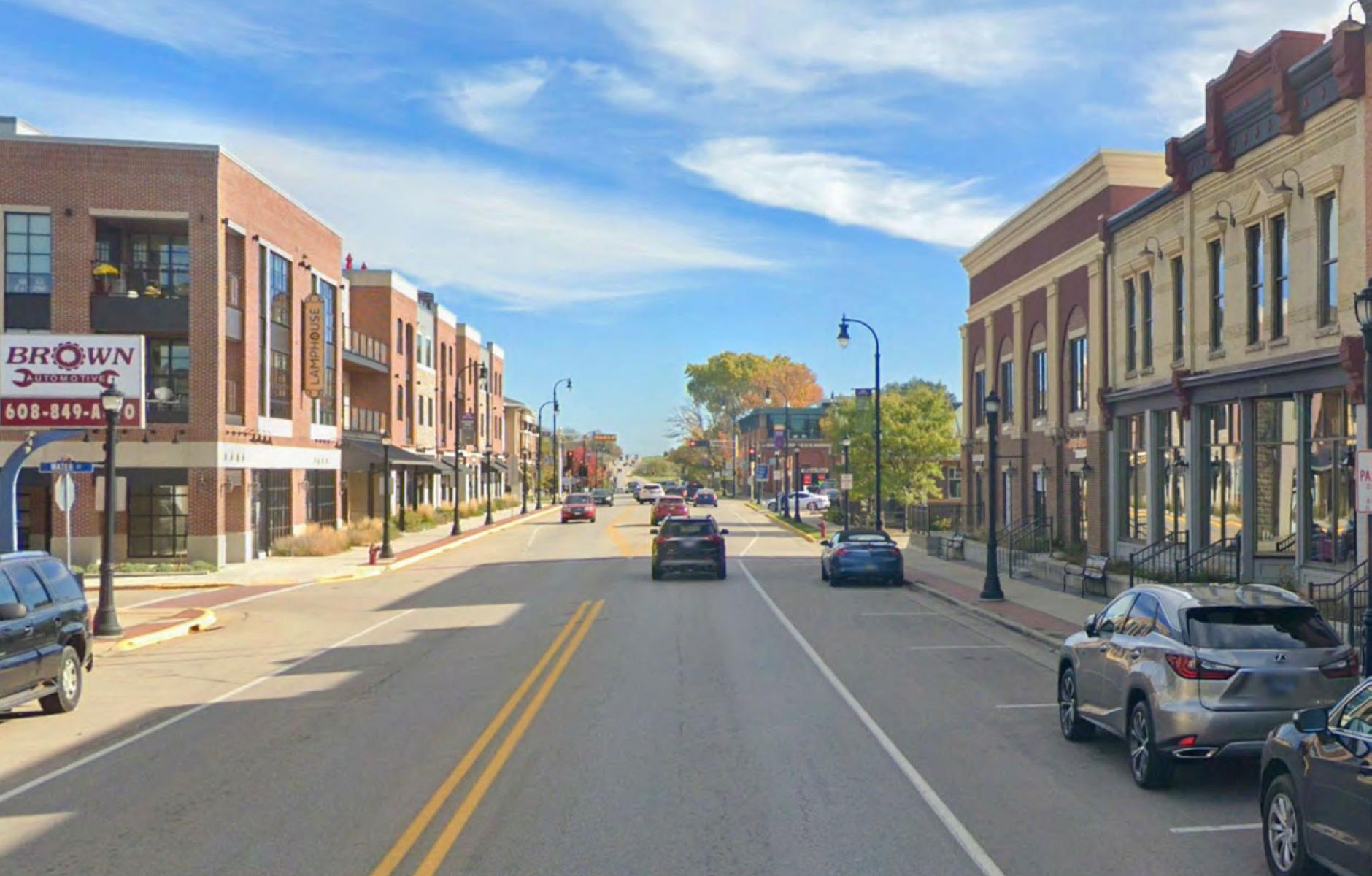
A tool for better zoning in Wisconsin
The League of Wisconsin Municipalities worked with CNU and a range of statewide organizations to produce Enabling Better Places: A User’s Guide to Wisconsin Neighborhood Affordability. The goal is to help the state’s more than 1,800 cities, towns, and villages revise their zoning codes to promote housing availability and affordability.
The guide is part of CNU’s Project for Code Reform, which provides tools and strategies to address the most urgent land-use code reform needs of communities. So far, CNU has worked in four states, including Michigan, Vermont, and New Hampshire. The reforms in Wisconsin may be integrated into conventional zoning codes, or be used as a step toward form-based codes.
“Current regulations in Wisconsin often require large lots, deep setbacks, low densities, limited housing options, restrictions on re-purposing existing buildings, and excessive parking requirements,” the report states. The authors make specific recommendations on parking, accessory dwelling units, lot standards, removing unnecessary regulations, evaluating entitlement processes, and community outreach.
CNU partnered with coding experts DPZ CoDESIGN and PlaceMakers, LLC. The team met with five municipalities: Waukesha, Eau Claire, Waunakee, Ripon, and Horicon, which serve as case studies. They represent a variety of sizes, types, and locations of cities throughout Wisconsin, from 3,000 to 72,000 in population, and include a range of development patterns, from neighborhoods on street grids to drive-only suburbs. All communities agreed on the need to increase housing availability, encourage aging in place, and provide better housing options.
The report puts the regulatory challenges in Wisconsin into a national context:
“Across the country, many people are finding that they can no longer afford to live in the communities that they prefer. This is true in big cities and small communities: the availability and price of housing is not meeting the needs of those working in jobs that are vital to the success of our communities, such as: teachers, firefighters, small business owners, and service industry workers.
“In Wisconsin, cities, communities, and villages need a wider range of housing options. Fewer than 20 percent of all households nationwide are families with children, and nearly 50 percent of all households are made up of one or two people. Much of the existing housing stock consists of large, single-family homes which may not be affordable–or practical–for the makeup of modern households.”
The report makes straightforward recommendations, many of which would useful in any state. With regard to accessory dwelling units, the smallest scale of multifamily:
- Accessory dwellings should be allowed by right for all single-family zoning districts.
- Additional parking spaces should not be required for an accessory dwelling.
The parking recommendations can be boiled down to three essential points:
- Reduce or eliminate parking minimums.
- Allow shared parking to count toward parking minimums.
- Allow on-street parking and allow it to count toward parking minimums.
Lot and yard standards should be brought more in alignment with historic (pre-1950) patterns, which are found in all of the case-study communities:
- Lot widths and areas should be realigned to match historic patterns favoring narrower lots.
- Setbacks should be reduced to historic distances to allow greater use of the existing lots.
- Increase permitted lot coverages to match historic patterns.
Wisconsin is unique in that 2001 legislation required municipalities of more than 12,500 population to adopt a traditional neighborhood development (TND) code. For that purpose, a model TND code was drafted 20 years ago, which is still useful. This legislation has been implemented in a variety of ways in the state’s larger cities. The report recommends wider adoption of the TND model code.
Enabling Better Places is another step toward better land use codes in Wisconsin. “We are spending 2022 educating and informing our members about the guidebook’s availability and the tools it includes,” says Curt Wytinski, deputy executive director, League of Wisconsin Municipalities. Primary report authors Susan Henderson, Matt Lambert, and Ivy Vann have made, or will make, presentations to Wisconsin officials and planners.
“The report has been well received,” says Wytinski says. “We have received compliments from our members on the tools it provides and the ease of use.”
The Wisconsin Realtors Association, Wisconsin Builders Association, NAIOP Wisconsin chapter, AARP Wisconsin, and the Wisconsin Housing and Economic Development Authority all were funding partners for Enabling Better Places.




